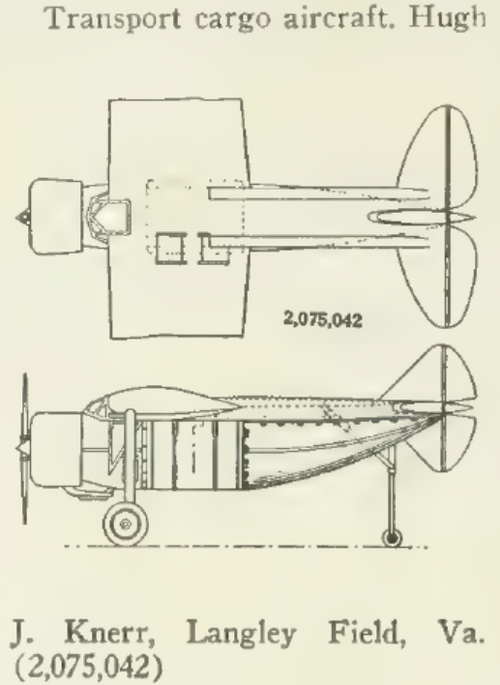- Joined
- 25 July 2007
- Messages
- 4,299
- Reaction score
- 4,187
A strange patent to B. G. Carlson.
The 'Des' for Design in the patent number is a tip-off.
This is a purely notional design to illustrate potential installation options for a range of aircraft engines (made using die-casting) then being designed by Bert G. Carlson's employer - Jack & Heintz, Inc. (aka JAHCO).
AFAIK, there is no online copy of patent Des. 145,880. However, 'Sheet 1' (the sideview of your top view) is attached.
BTW, B. G. Carlson (of Erieside and later Willowbee, OH) seems mainly to have been interested in control systems, autopilots, etc. He filed multiple patents for Sperry Gyroscope Company, Inc.; The Weatherhead Company; and Jack & Heintz, Inc.; etc.



















